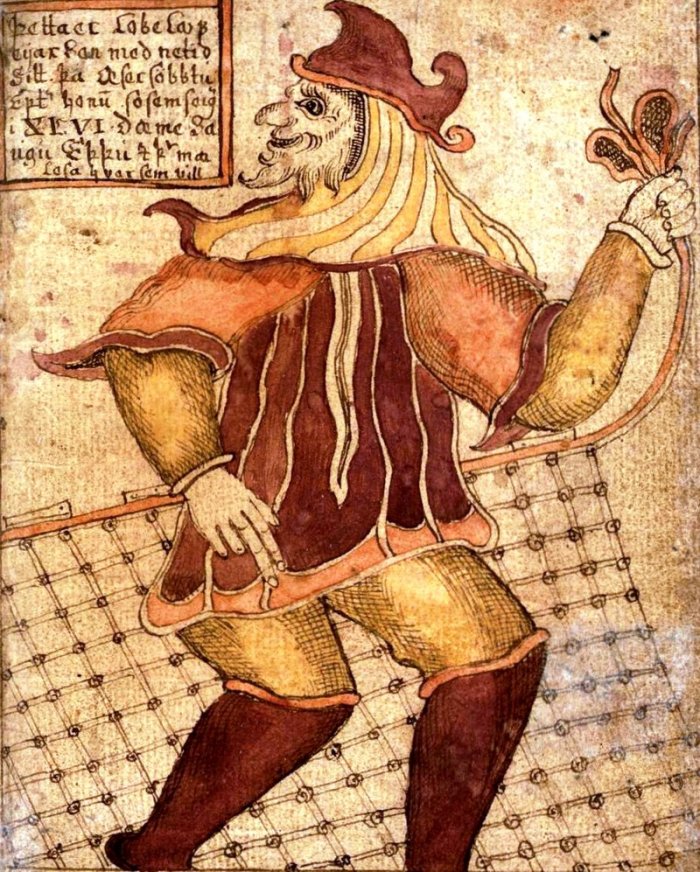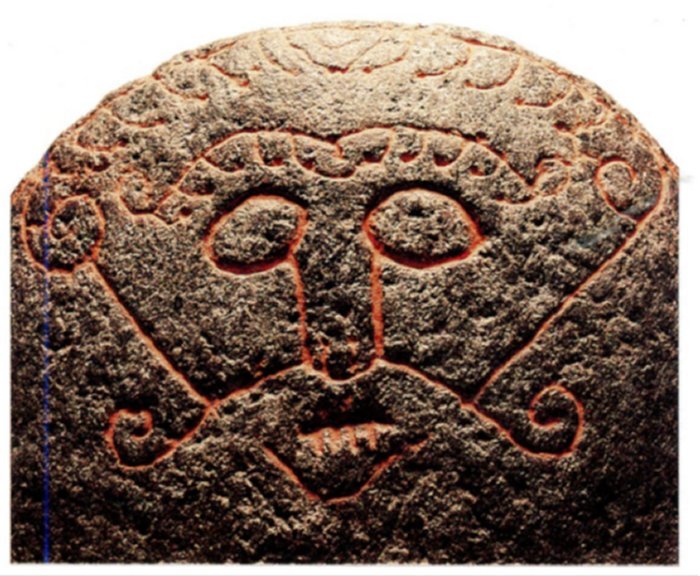God Loki – Trickster, Elusive And Fascinating Member Of The Norse Pantheon
A. Sutherland - AncientPages.com - Loki is an elusive figure in countless Northern myths, but he is also the most fascinating of all the members of the Norse pantheon.
Listed among the Aesir as a constant companion to the gods, especially Odin and Thor, Loki is destined to be their adversary at Ragnarok.

Loki's flight to Jötunheim (1908) by W. G. Collingwood (1854 - 1932) - Public Domain
The main symbol associated with Loki is a serpent, as it represents his mischievous and cunning deeds. He is the son of giants, a thief and trickster/shapeshifter, responsible for all possible mischief and deception that the gods have to suffer.
He is known as the "prince of lies" and the "arch deceiver."
On the other hand, through his cunning, Loki remains the gods' friend helping them in difficult situations.
As the companion of Thor and Odin, Loki is almost always presented alongside them. Although never fully trusted in the beginning, Loki tries to be very helpful when assisting Odin in the world's creation. Under his instructions, the dwarves produced some divine treasures for the gods and shapeshifted into a mare to give birth to a magical Odin's horse, Sleipnir.
In many myths, Loki is not presented in them in the same way. In his "Myths of Northern Lands," H. A. Guerber writes that instead of being part of the creative trilogy (Odin, Hoenir, and Lodur), Loki originally belonged to an older pre-Odinic race of deities and was the son of the great giant Fornjotnr (Ymir).
Loki with a fishing net (per Reginsmál) as depicted on an 18th-century Icelandic manuscript (SÁM 66. Image is now in the care of the Árni Magnússon Institute in Iceland. Public Domain
Loki is married to the goddess Sigyn and they have two sons, Narfi or Nari and Váli. By the jötunn Angrboða, Loki is the father of Hel, the wolf Fenrir and the world serpent Jörmungandr.
Other myths make Loki the son of the giant Farbauti (identified with Bergelmir), who was the sole survivor of the Deluge. Loki is even described as a blood-brother to Odin. His connection with Odin was only that of the Northern oath of good fellowship as it is attested in Lokasenna, one of the poems of the Poetic Edda.
Later something changed in his complex nature, which became more vicious and even evil when Loki brought about his brother Balder's death and actively assisted in other crimes.
Loki could finally join the giants in the attack on Asgard. In this battle, he fought against his worst enemy, Heimdall, and they slew each other. As punishment for causing Balder's death, Loki was bound across three large rocks, so he could not break loose until the last battle took place at Ragnarok.
Loki married three times. His first wife, Glut, bore him the children Eisa and Einmyria; their names refer to fire and its warmth. His other wife was a giantess, Angrboda, and Loki had three monstrous children: Hel, the ruler of the dead, Jormungand, the World Serpent, and Fenrir, the monstrous wolf. In this very positive aspect, Loki is the deity of the fireside, leisure, and relaxation; peasants, worshiped him as the greatest of all the gods.
A furnace stone from Snaptun, Denmark, thought to show Loki with his lips sewn up by the dwarves to punish him for trying to cheat them when they forged the treasures of the gods. Image credit: Bloodofox - - Public Domain
Loki kept the existence of these monsters secret as long as he could, but they quickly grew so large that they could no longer remain confined in the dark cave in Jötunheim where they had come to light.
Hel, Jormungand, and Fenrir were the symbols of pain, sin, and death. They later threatened the very existence of the gods.
Loki's fascinating personality has always captivated the ancient people of Scandinavia. In 1950, semi-circular flat soapstone depicting a mustachioed face was discovered on a beach near Snaptun, Denmark.
The face - carved around 1000 CE - depicts a face with scarred lips. The figure was identified as Loki, and as retold from Norse texts, a dwarf, Brokkr (in old Norse: "the one who works with metal fragments; blacksmith"), pulled an awl from his shirt and pierced a series of holes along Loki's upper and lower lips. Then, he drew out a leather thong and sewed Loki's lips together, leaving him speechless.
The soapstone's depiction may point to a connection between Loki, flames, and smithing.
Written by – A. Sutherland AncientPages.com Staff Writer
Updated on July 3, 2022
Copyright © AncientPages.com All rights reserved. This material may not be published, broadcast, rewritten or redistributed in whole or part without the express written permission of AncientPages.com
Expand for referencesReferences:
Guerber H. A. Myths of Northern Lands
Hampton B. J. An Encyclopedia of Norse Mythology
Kevin Crossley-Holland K. The Penguin Book of Norse Myths
More From Ancient Pages
-
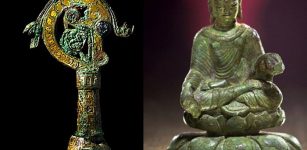 The Helgö Treasure: Bronze Buddha Statue, Coptic Scoop And A Crozier Depicting Biblical Tale Of Jonah
Artifacts | Mar 10, 2023
The Helgö Treasure: Bronze Buddha Statue, Coptic Scoop And A Crozier Depicting Biblical Tale Of Jonah
Artifacts | Mar 10, 2023 -
 Unusual Ancient Skull Found In Chan Hol Underwater Cave Reveals Early American Settlers Were Morphologically Different
Archaeology | Feb 6, 2020
Unusual Ancient Skull Found In Chan Hol Underwater Cave Reveals Early American Settlers Were Morphologically Different
Archaeology | Feb 6, 2020 -
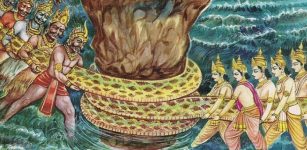 Churning Of The Ocean: Great Hindu Story Of Creation From Mahabharata And Purana
Featured Stories | Jun 16, 2018
Churning Of The Ocean: Great Hindu Story Of Creation From Mahabharata And Purana
Featured Stories | Jun 16, 2018 -
 Treasure Hunters Encounter Something Unexplained In The Arizona Mountains
Featured Stories | Apr 7, 2022
Treasure Hunters Encounter Something Unexplained In The Arizona Mountains
Featured Stories | Apr 7, 2022 -
 Did Democracy Have A Separate Origin In The Americas?
Archaeology | Jun 15, 2022
Did Democracy Have A Separate Origin In The Americas?
Archaeology | Jun 15, 2022 -
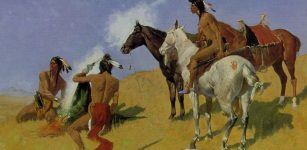 Ancient Ingenious Ideas Of Transmitting Messages Over Long Distances
Ancient Technology | Jan 30, 2019
Ancient Ingenious Ideas Of Transmitting Messages Over Long Distances
Ancient Technology | Jan 30, 2019 -
 Ancient Copper Ingots Are Unlocking Iron Age Secrets
Archaeology | Dec 13, 2021
Ancient Copper Ingots Are Unlocking Iron Age Secrets
Archaeology | Dec 13, 2021 -
 Sinuses Prevented Prehistoric Crocodile Relatives From Deep Diving
Evolution | Nov 7, 2024
Sinuses Prevented Prehistoric Crocodile Relatives From Deep Diving
Evolution | Nov 7, 2024 -
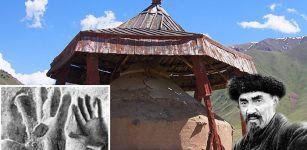 Real Giant Kojomkul Who Became A Folk Hero In Kyrgyzstan
Featured Stories | Dec 2, 2020
Real Giant Kojomkul Who Became A Folk Hero In Kyrgyzstan
Featured Stories | Dec 2, 2020 -
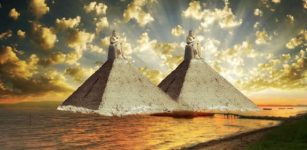 Mysterious Ancient Structures Hidden Under The Sand In The Sahara Desert Could Re-Write History Of Ancient Egypt
Featured Stories | May 30, 2015
Mysterious Ancient Structures Hidden Under The Sand In The Sahara Desert Could Re-Write History Of Ancient Egypt
Featured Stories | May 30, 2015 -
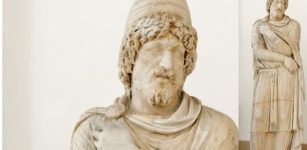 Barbarians Were People Who Didn’t Speak Greek
Ancient History Facts | Jan 18, 2016
Barbarians Were People Who Didn’t Speak Greek
Ancient History Facts | Jan 18, 2016 -
 Ancient Cave Church Complex In Basarabi, Romania
Civilizations | Dec 11, 2018
Ancient Cave Church Complex In Basarabi, Romania
Civilizations | Dec 11, 2018 -
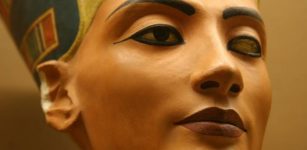 Nefertiti Was A Powerful Queen But Never A Pharaoh – Researcher Says
Archaeology | Jan 23, 2018
Nefertiti Was A Powerful Queen But Never A Pharaoh – Researcher Says
Archaeology | Jan 23, 2018 -
 Violent Steppe Invasion In Iberia Peninsula Theory Challenged By Archaeologists
Archaeology | Sep 10, 2024
Violent Steppe Invasion In Iberia Peninsula Theory Challenged By Archaeologists
Archaeology | Sep 10, 2024 -
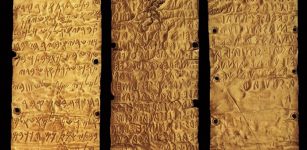 Pyrgi Gold Tablets: A Rare Ancient Bilingual Treasure
Artifacts | Nov 23, 2018
Pyrgi Gold Tablets: A Rare Ancient Bilingual Treasure
Artifacts | Nov 23, 2018 -
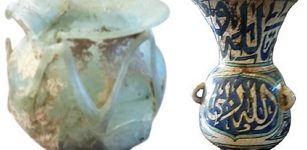 Attempt To Smuggle Three Artefacts From Alexandria Port – Failed
Artifacts | Oct 28, 2020
Attempt To Smuggle Three Artefacts From Alexandria Port – Failed
Artifacts | Oct 28, 2020 -
 Fossils In The ‘Cradle Of Humankind’ May Be More Than A Million Years Older Than Previously Thought
Archaeology | Jun 28, 2022
Fossils In The ‘Cradle Of Humankind’ May Be More Than A Million Years Older Than Previously Thought
Archaeology | Jun 28, 2022 -
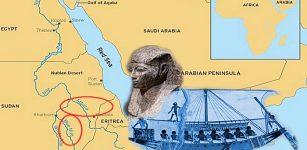 Mysterious Location Of The Amazing Land Of Punt – Can This Puzzle Be Solved One Day?
Featured Stories | Jul 18, 2016
Mysterious Location Of The Amazing Land Of Punt – Can This Puzzle Be Solved One Day?
Featured Stories | Jul 18, 2016 -
 New Insight On What Ancient Noses Smelled
Archaeology | Mar 29, 2023
New Insight On What Ancient Noses Smelled
Archaeology | Mar 29, 2023 -
 Anartes: Forgotten Celtic Tribe And The Hercynian Forest With Strange Animals
Featured Stories | Jun 18, 2024
Anartes: Forgotten Celtic Tribe And The Hercynian Forest With Strange Animals
Featured Stories | Jun 18, 2024

